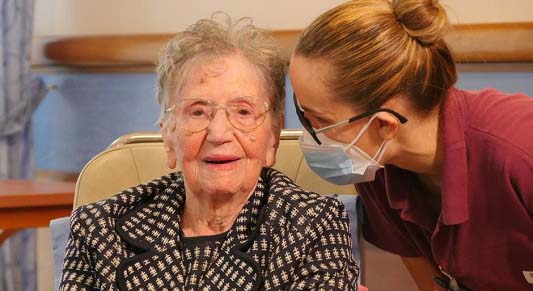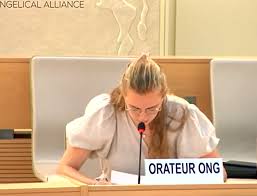Italy did everything right to stop a second COVID-19 wave

Rome: If you turn on the news in Italy right now, you might be forgiven for thinking you are getting reruns from March. Pictures of COVID-only units, field hospitals being erected, exhausted medics, and coffins are again dominating headlines as Italy comes to grips with a deadly second wave of COVID-19.
This week, the death toll topped 125 in a 24-hour period for the first time since May when this country was still under a lockdown and seen as a harbinger of what was to come.
What’s particularly troubling about the return of COVID in Italy is that the country has done everything experts like Dr. Anthony Fauci have been advising. Face masks in public places have been compulsory for months, social distancing is strongly enforced, nightclubs have never reopened, and sporting arenas are at less than a third of capacity. Children who are back at school are regularly tested and strictly social-distanced, and yet, the second wave seems completely unstoppable.
While ruling out another full lockdown, Italian health officials are instead urging people to limit their own movements, even as concern grows that by keeping them at their homes, they are inadvertently encouraging private parties where the spread seems to be the worst at the moment. Italy’s health ministry released data this week showing that 80.3 percent of the new infections “occur at home” while only 4.2 percent come from recreational activities and schools.
This week, Italy logged 15,199 new infections—nearly three times as many as the worst day of the pandemic last March and a per capita rate that would be the equivalent of 90,000 new cases in a single day in the U.S., a level that has not yet been reached.
And it is only getting worse. “Certain metropolitan areas like Milan, Naples, and Rome are already out of control in terms of containing the pandemic,” Walter Ricciardi, an infectious-diseases specialist who advises the Italian government and holds the same position in Italy as Fauci does in the U.S., said at a conference Wednesday. “Their numbers are too high to be contained by the traditional method of tracing and testing. And as previous epidemics teach us, when you can’t contain you have to mitigate, namely you have to block movement.”
To some degree, the increase in cases is also tied to Italy’s aggressive testing scheme, which has paved the way for easy, fast diagnostics at all airports and in private clinics in addition to state-run drive-in facilities. Private technicians also make house calls for around $75 to conduct tests in the privacy of homes, which has also contributed to the higher number of cases. On Wednesday, nearly 180,000 tests were reported, which is a record here for a 24-hour period.
But authorities are very concerned still that despite all the best efforts to contain the spread, it simply cannot be stopped. The government’s experts insist that the rate of contagion among schoolchildren is not the driving factor; but young people who feel confident they won’t get very sick and insist on gathering socially may be. Now major cities like Milan, Rome, and Naples have evening curfews to try to stop young people from gathering socially, which seems to be contributing to the spread. Ricciardi said most of the contagion that happens within multigenerational homes comes from young people bringing it in.
Italy is by no means alone in its battle against the European second wave of the pandemic. France, Spain, and the Czech Republic have all broken records in new cases and introduced measures to mitigate the spread. The United Kingdom also has record numbers of new infections in a single day, and Ireland has completely locked down.
On Wednesday, a very concerned Italian Prime Minister Giuseppe Conte addressed the Italian Senate, assuring them that there will not be a repeat of the full lockdown, which crippled the economy and all but destroyed the tourism sector. While urging ordinary citizens to limit unnecessary travel, he stopped short of mandating any limits to movement—for now. “We can’t use the same strategy to fight the second wave as we did in spring,” he said. “Now we’re in a different situation than we were in March—back then we didn’t have the means to diagnose. Now we are more prepared thanks to the hard work and sacrifices of all.”
But for many, the sacrifices that helped during the first round seem lost now, as though they had been made in vain.





